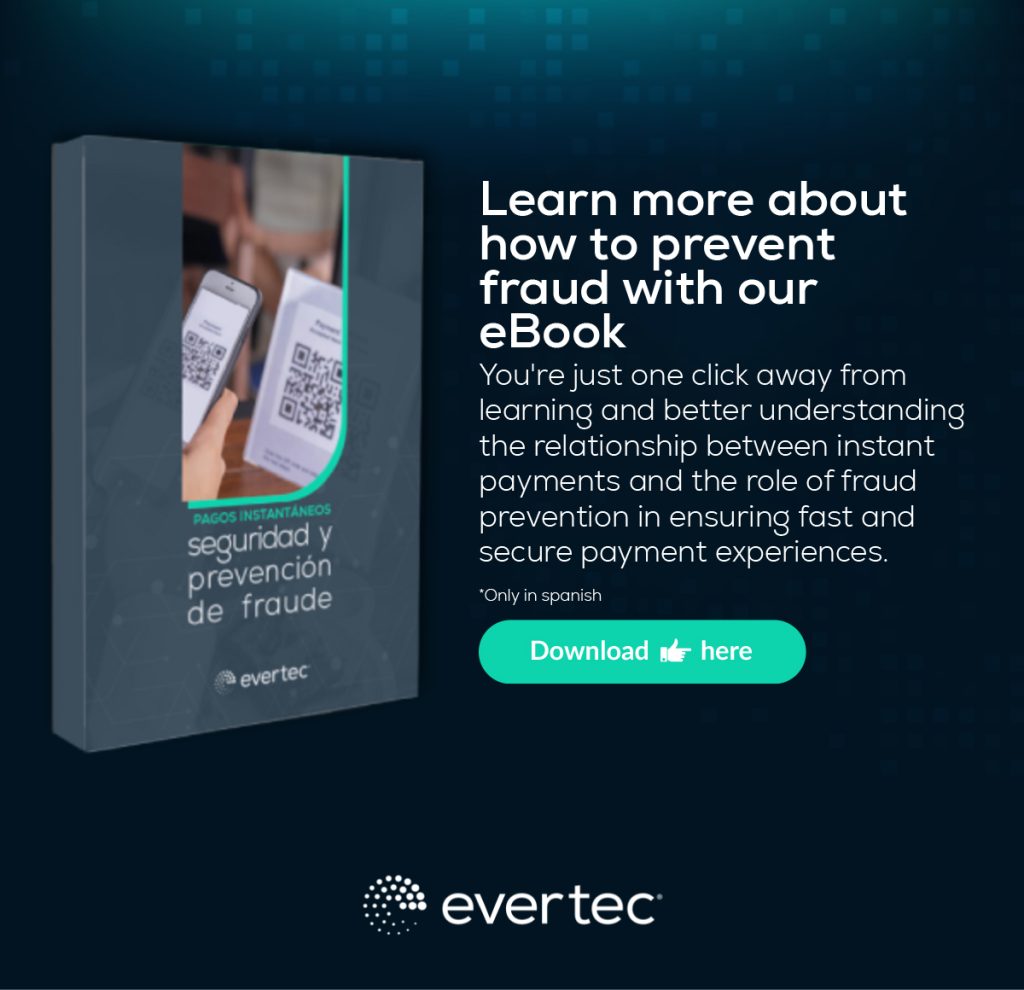Once we are immersed in particular surroundings, we can address certain situations and wonder: How much do we know about a determined, concrete situation? To what extent can we anticipate the result of our actions? We can answer this through knowing and predicting our surroundings, and to face these two assumptions, we need to address the situation with agility.
What is agility or business agility?
We can say it is a way of solving complex problems, facing changes, anticipating changes in surroundings, and obtaining better results. It can also be understood as the ability to divide a larger problem into smaller problems with short and frequent stages that allow for constant revision and adapting.
To understand more about business agility, we need to go back to the beginning and look at the model identified and defined by Ikujiro Nonaka and Hirotaka Takeuchi at the beginning of the 1980’s after analyzing the development of new products from the main manufacturing technology companies such Fuji-Xerox, Canon, Honda, Nec, Epson, Brother, 3M, and Hewlett-Packard (Nonaka & Takeuchi, The New Product Development Game, 1986). These companies identified a model that adopted a strategy of incremental development in lieu of complete planning and execution of a product so as to launch in much less time. Then, after several years of trial and error, in 2001, a movement called the “Agile Movement” emerged through which 17 renown professionals in software development met in the state of Utah (USA) and defined the basis of business agility with the purpose of discovering better ways to develop software. From there, what we know today as the Manifesto for Agile Software Development was created. In essence, it is a set of four values and 12 principles that unfolded into a variety of processes, methods, and practices.
“We are uncovering better ways of developing software by doing it and helping others do it. Through this work we have come to value:
- Individuals and interactions over processes and tools.
- Working software over comprehensive documentation.
- Customer collaboration over contract negotiation.
- Responding to change over following a plan.
That is, while there is value in the items on the right, we value the items on the left more.” (Manifesto for Agile Software Development – Agile Manifesto, Utah, 2001)
Now then, knowing this model of adding value in short periods of time, an initiative springs forth from the heart of our Evertec Bogotá office in which we decide to implement a new focus to address projects that Evertec, as a company, has already been adopting since 2015. This focus requires a different way of considering the alternatives through which value delivery can be incremental and centered on validating surroundings that, at the same time, allow our customers to experience early and continuous delivery of our products.
It was this way we undertook a pilot program, an initiative that had been saved for approximately five years and that is called tumóvilpaga (“your mobile pays”). It is the purchasing mobile application for small- and medium-sized businesses in Colombia to receive payment through a token or QR code. This time, we addressed this need differently. The entire team had a particular focus and was guided to work as a team and motivated to develop functional prototypes in very short time intervals of two weeks each.
It took six sprints* to come up with a functional prototype that then went into production. Said prototype was shown in the ASOCAJAS Congress in Cartagena, Colombia, in 2019. Word of our various products got out, especially the Billetera Móvil (“Mobile Wallet”) and tumóvilpaga, which were well received by attendees and users at the event.
All this led us to reformulate our strategy on how to focus and tackle developments from a traditional or waterfall* methodology to a new focus such as agile methodologies. This new focus, applied to some projects, is based on customer satisfaction, frequent value delivery, sustainable development, highly motivated teams with attention to excelence and principles of continuous improvement. As a result, it helped us maximize the amount of work done, especially with the collaboration of highly self-organized teams. In short, by applying the principles of the agile methodology, we were able to develop these high-impact and greatly beneficial products for customers within a period of time that was considered to be impossible.
At Evertec, we constantly train teams, embrace changes, take advantage of such changes as competitive advantages for our organization, take care of our customers by addressing their needs, and innovate constantly by focusing on generating value in short periods of time, all while considering our ever-changing surroundings.
Article by: Yeins Balaguera, Agile Technical Coordinator at Evertec Colombia
*Glossary:
- Sprint: predetermined interval during which a usable “Made or Finished” product increment, potentially deliverable, is created.
- Waterfall: cascading or linear development model or project development in sequences.
- Consulted sources: https://agilemanifesto.org/iso/es/manifesto.html



